Air pollution is a pressing global issue. It's estimated that air pollution causes 7 million premature deaths each year. To put that into perspective, that's one in eight deaths worldwide. In cities, air pollution is often invisible but it's always present. There are a number of historical events that have helped shape air pollution policies around the world. Here are three of the most notable ones.
The Great Smog of London (1952)
This event is often cited as the catalyst for change when it comes to air pollution policy. The Great Smog of London was a period of extremely high levels of smog that blanketed the city for five days in December of 1952. It's estimated that 4,000 people died as a direct result of the smog and 100,000 more were made sick by it. The event spurred the passing of the Clean Air Act in 1956 which helped to reduce air pollution in the UK.
Donora Smog Disaster (1948)
The Donora Smog Disaster occurred in October 1948 in the town of Donora, Pennsylvania. A deep layer of cold air trapped industrial pollutants emitted from the local zinc works and steel mill in a valley where the town was located. The pollutants caused 20 deaths and over 600 illnesses. The incident led to stricter regulation of industries in the US and helped lay the groundwork for the Clean Air Act Amendments of 1970.
Meuse Valley Fog (1930)
In December 1930, a dense fog settled over Belgium's Meuse Valley—killing 60 people and sickening 665 more within 24 hours. The fog was so thick that visibility was reduced to just a few feet—making it impossible for people to leave their homes or get medical help.
Conclusion:
These three events were turning points in history that helped to shape air pollution policy around the world. They showed just how deadly air pollution can be and how it can have devastating effects on entire communities. Hopefully, we can learn from these events and do better when it comes to managing our own air pollution levels. Wearing a mask can protect you from air pollution by filtering out harmful particles in the air. Masks come in a variety of shapes and sizes, so it's important to find one that fits well and is comfortable to wear. Wearing a mask is not a cure-all for air pollution, but it can help to reduce your exposure to harmful particles.

Check out RZMask.com



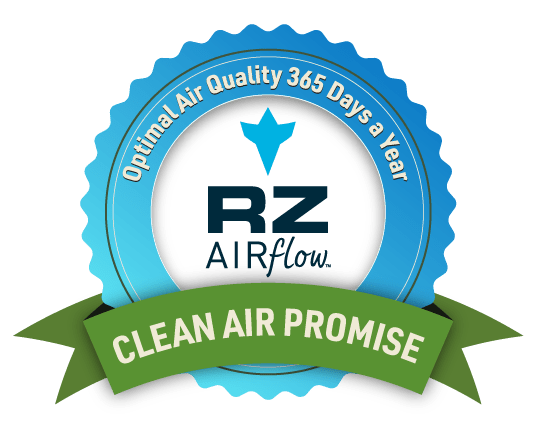


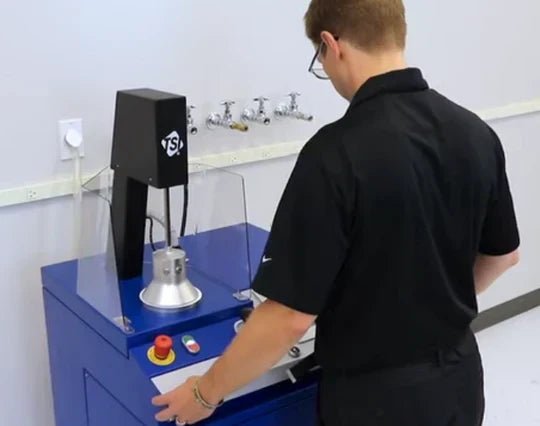



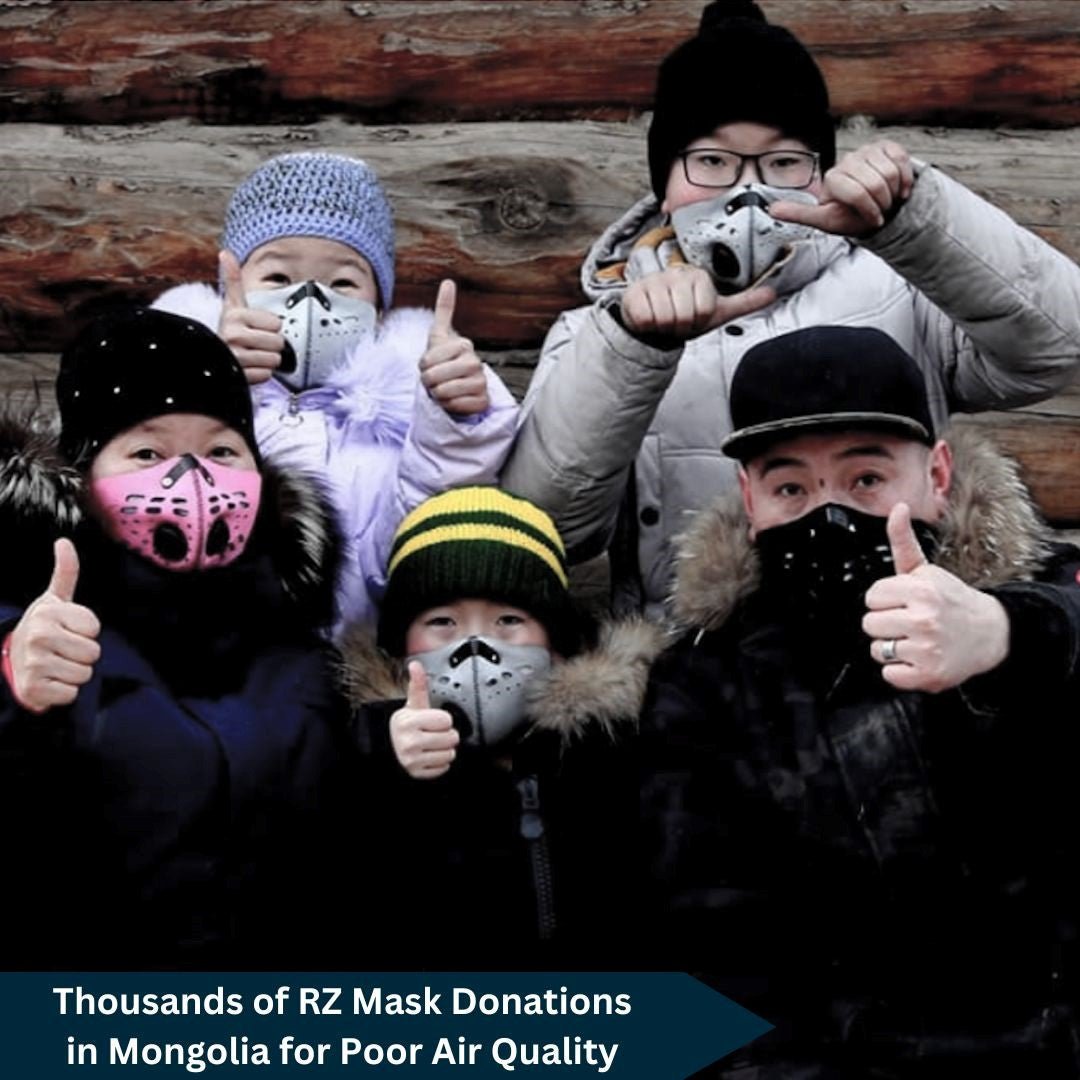

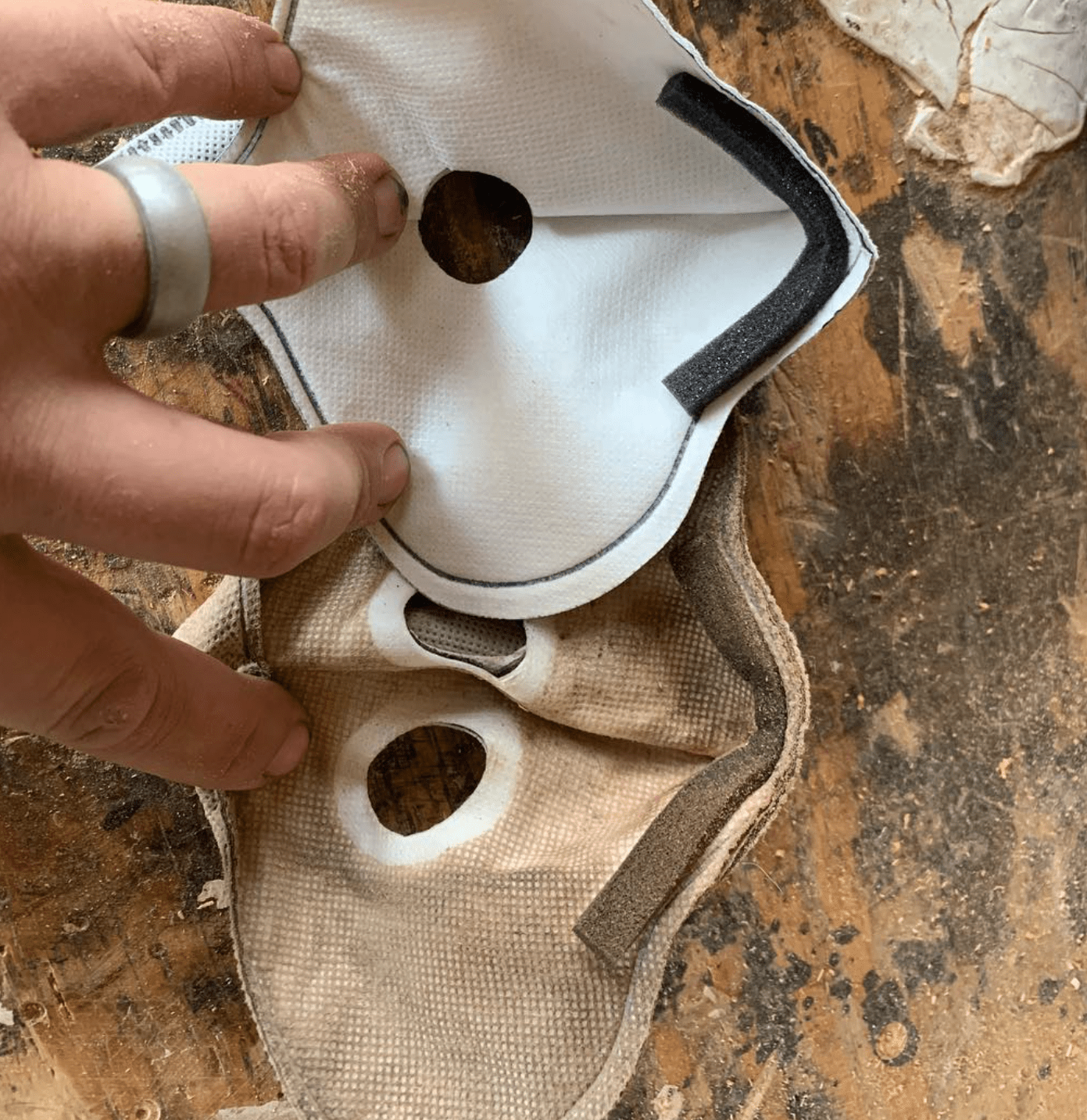
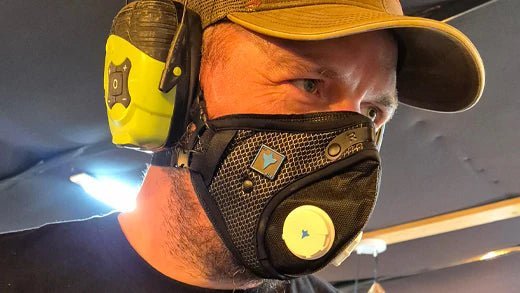

5 Woodworking Project Ideas for Beginners
Landscapers: The Importance of Wearing an RZ Mask During Fall Cleanups